The Paradox of Karl Lagerfeld: A Mismatch Between Expectations and Reality

Designer products often come with legendary names that promise impeccable quality, but sometimes, the reality falls short of our expectations. One such example is Karl Lagerfeld's $80 bag, which has left many buyers puzzled about its value for money. As a fashion enthusiast and product reviewer, I decided to dissect and explore the quality of this iconic designer's leather goods.
In this article, we will delve into the authenticity and value of the Karl Lagerfeld brand, examine the $80 bag's quality, and discuss the implications for consumers when investing in designer products. The Karl Lagerfeld brand is known for its high-quality leather goods, but the $80 bag is a different story.
DISCLAIMER: This is an UNSPONSORED review. I purchased all of these products myself and am not affiliated with the brand mentioned in any way. All statements and expressions made about the products are solely the opinion of Tanner Leatherstein and are not meant to be conclusive or definitive. The purpose of this video is for informational and educational purposes only. We recommend that as a consumer, you exercise your due diligence and research on the products before adopting the opinion of Tanner Leatherstein.
The Legendary Legacy of Karl Lagerfeld
Karl Lagerfeld was born in Germany in 1933, and during his lifetime, he lied about his birth year, trying to show himself younger. However, his proven birth year was 1933, and he always claimed it to be 38 or 35. He was a multidisciplinary creative with a passion for photography, design, and reading, and had an endless drive for creativity and curiosity. His career in fashion started somewhat accidentally, as he originally planned to become an illustrator. But by chance, he entered and won the 1954 International Woolmark Prize at just 21 years old.
During his career, Lagerfeld worked for many top fashion houses, including Chloe and Fendi, before his international fame came with his time at Chanel. After Coco Chanel passed away in 1971, the fashion house lost momentum and relevance. Then Karl arrived in 1983, and he was able to revive the "near-dead brand" to the top of the fashion world and set the foundation for what it is today. Known for his sheer brilliance and impeccable taste, he transformed the brand by introducing fresh and innovative ideas that appealed to contemporary women.
Everything Karl Lagerfeld touched turned to gold; his bold designs were always in-demand. His iconic pieces included the quilted leather bags and the tweed jackets that are now synonymous with the Chanel brand. According to Vogue, Karl Lagerfeld's influence on fashion wasn't limited only to the runway; his legacy also had a profound impact on fashion photography.
The Unexpected Twist: Acquiring the Lagerfeld Brand
Upon further research, G-III Apparel Group Ltd. has successfully acquired Karl Lagerfeld's company, obtaining an 81% stake in the renowned brand. The acquisition was made for €200 million (approximately $214 million USD). This acquisition raised questions about the authenticity of the Lagerfeld brand and its products, including the $80 bag.
Consumers began to question if the brand's identity and commitment to quality remained intact after the ownership change. The acquisition serves as a reminder that the value and authenticity of a designer brand can be influenced by changes in ownership and production processes. The Lagerfeld brand has been around since the 1980s and is known for its high-quality products. The company was founded by Karl Lagerfeld, who is also the creative director of Chanel.
Dissecting the Quality of Karl Lagerfeld's $80 Bag
Upon conducting a close examination, it became apparent that the $80 bag from Karl Lagerfeld did not meet the expectations typically associated with his renowned name. One of the first noticeable flaws was the bag's lack of weight, texture, and even smell. Instead, it felt like plastic material that not only felt cheap but also appeared poorly finished.
This revelation left me feeling disappointed, especially considering Lagerfeld's esteemed reputation in the fashion industry. Adding to the disappointment was the prominent display of Lagerfeld's name on the bag, which seemed like an attempt to compensate for its lack of substance. It gave the impression that the bag was relying on the designer's name alone to sell, rather than possessing its own inherent quality.
Upon closer inspection, the quality of the bag's workmanship is also deficient. It lacked finesse and attention to detail, further bolstering doubts about its authenticity. I began to question whether it was a genuine Lagerfeld product or simply a cheap knockoff. Even after conducting an acetone test, which confirmed the presence of faux and PU leather.
This disappointing experience serves as a reminder of the disconnect between a designer's iconic reputation and the actual quality of a specific product. It showcases that even renowned designers can produce lackluster items that fail to live up to expectations. This is a valuable lesson for consumers who place too much trust in a brand name and serves as a reminder to always thoroughly examine products before making a purchase.
The Lesson for Consumers: Choosing Brands Wisely
My experience with the Karl Lagerfeld $80 bag left me feeling disappointed and skeptical about the true value of designer products. It serves as a reminder that consumers must exercise caution when investing in brands. The allure of a legendary name should not overshadow thorough research and examination of a product's quality. The Lagerfeld brand acquisition raises important questions about how changes in ownership can impact a designer's legacy and the authenticity of their products. Fashion enthusiasts and consumers should consider not only the name but also the reputation, craftsmanship, and materials used to make an informed purchasing decision.
Conclusion
The truth behind Karl Lagerfeld's $80 bag is a lesson for all fashion enthusiasts to stay informed and be wise about their purchases. It serves as a reminder that the reputation of a legendary designer does not guarantee the quality of a product. Consumers should not be carried away by designer names that do not align with their legacy.
Thorough research and examination of a brand's authenticity, craftsmanship, and materials are crucial steps in making an informed purchase. The unexpected twist of the Lagerfeld brand acquisition serves as a cautionary tale, urging us to be discerning in our buying choices.
The fashion industry is a complex and ever-changing one, with new trends emerging every season. It can be difficult to keep up with all the latest styles and brands, especially if you’re not an avid shopper. However, there are some things that never go out of style: quality craftsmanship, attention to detail, and timeless design. These are the hallmarks of a great product, regardless of whether it comes from a high-end designer or an affordable retailer.




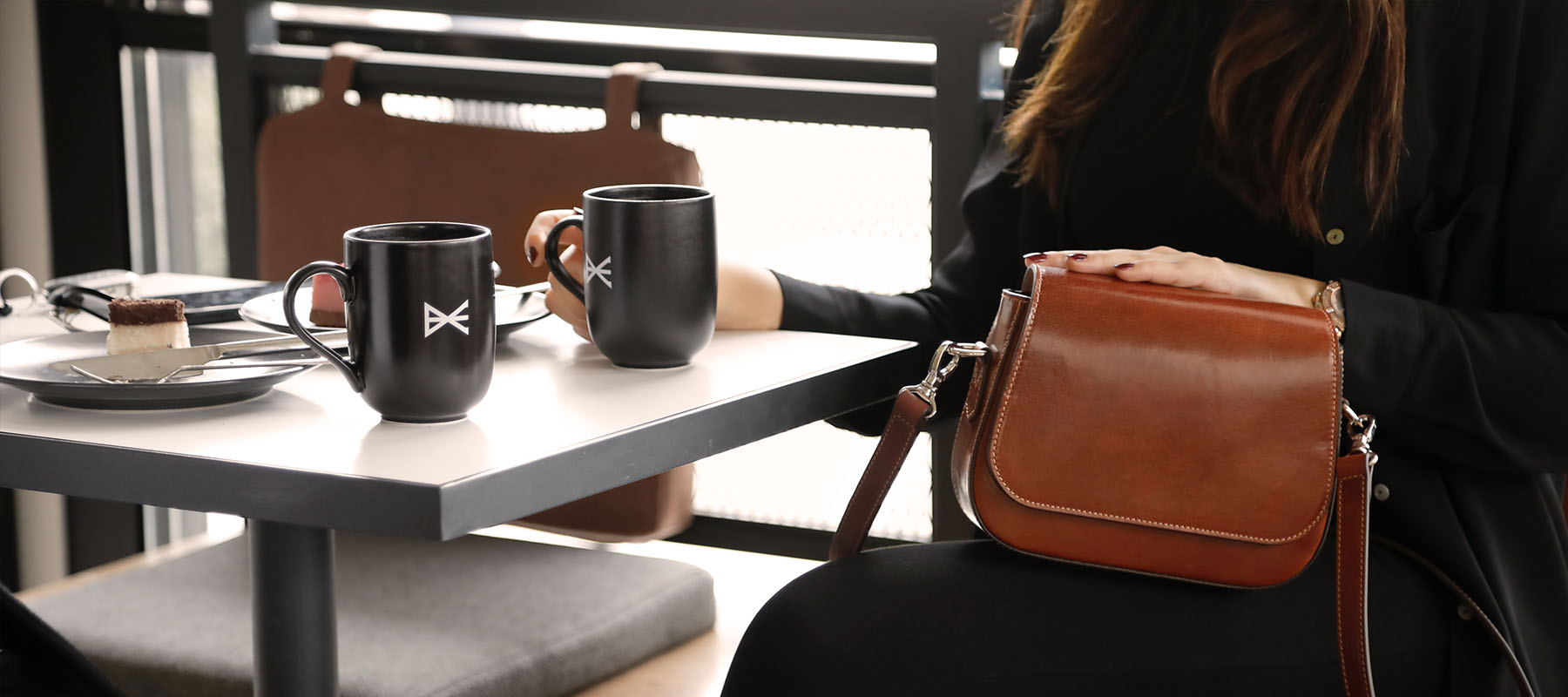
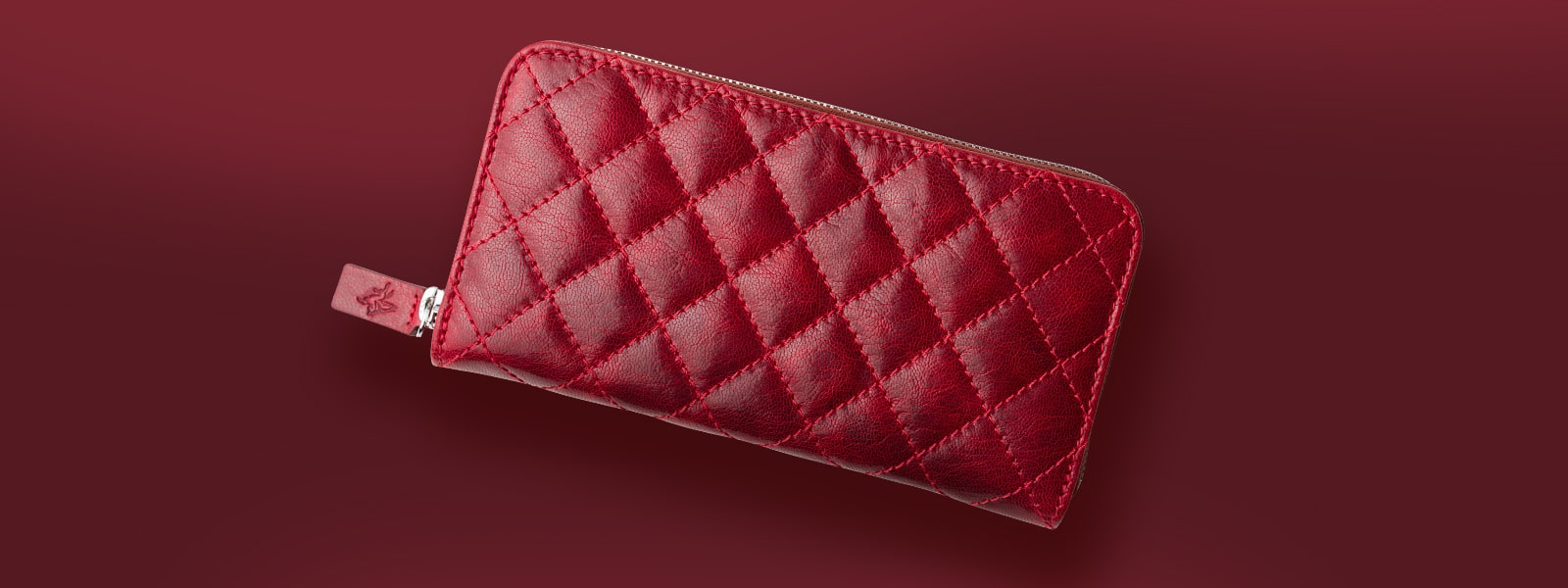
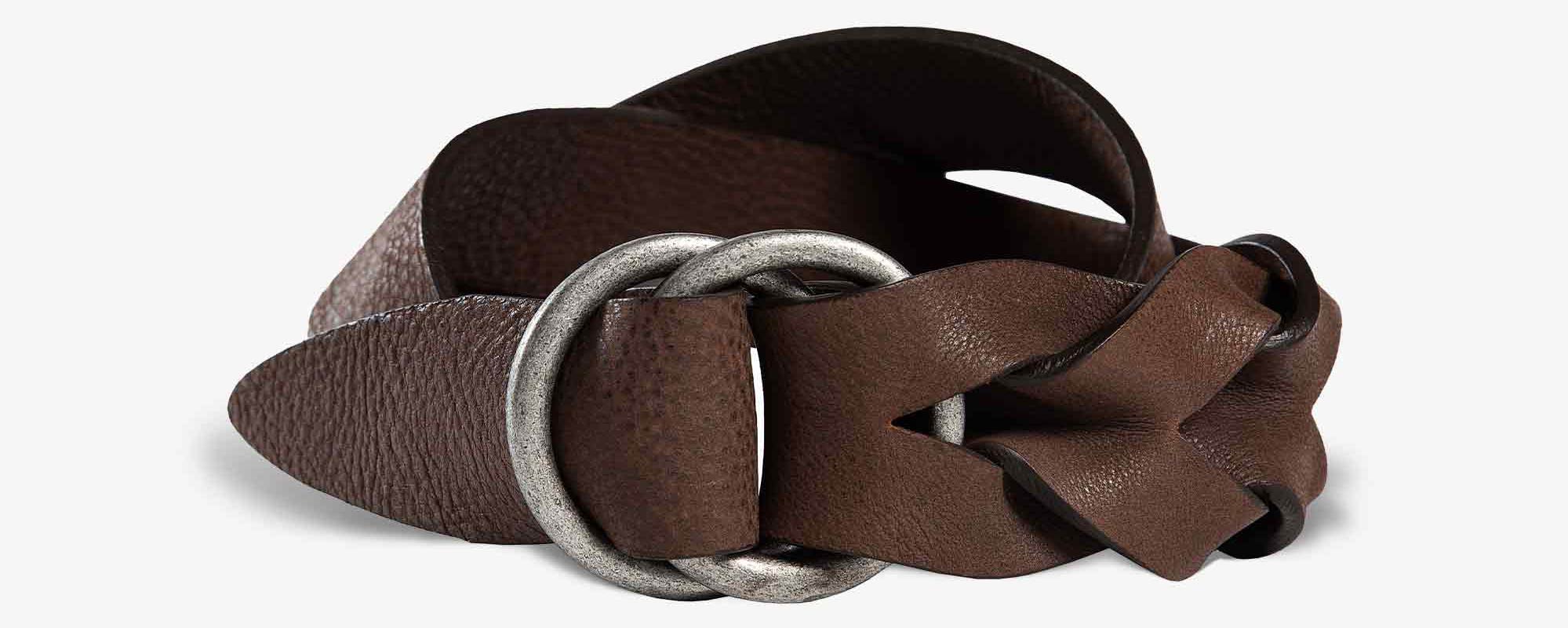

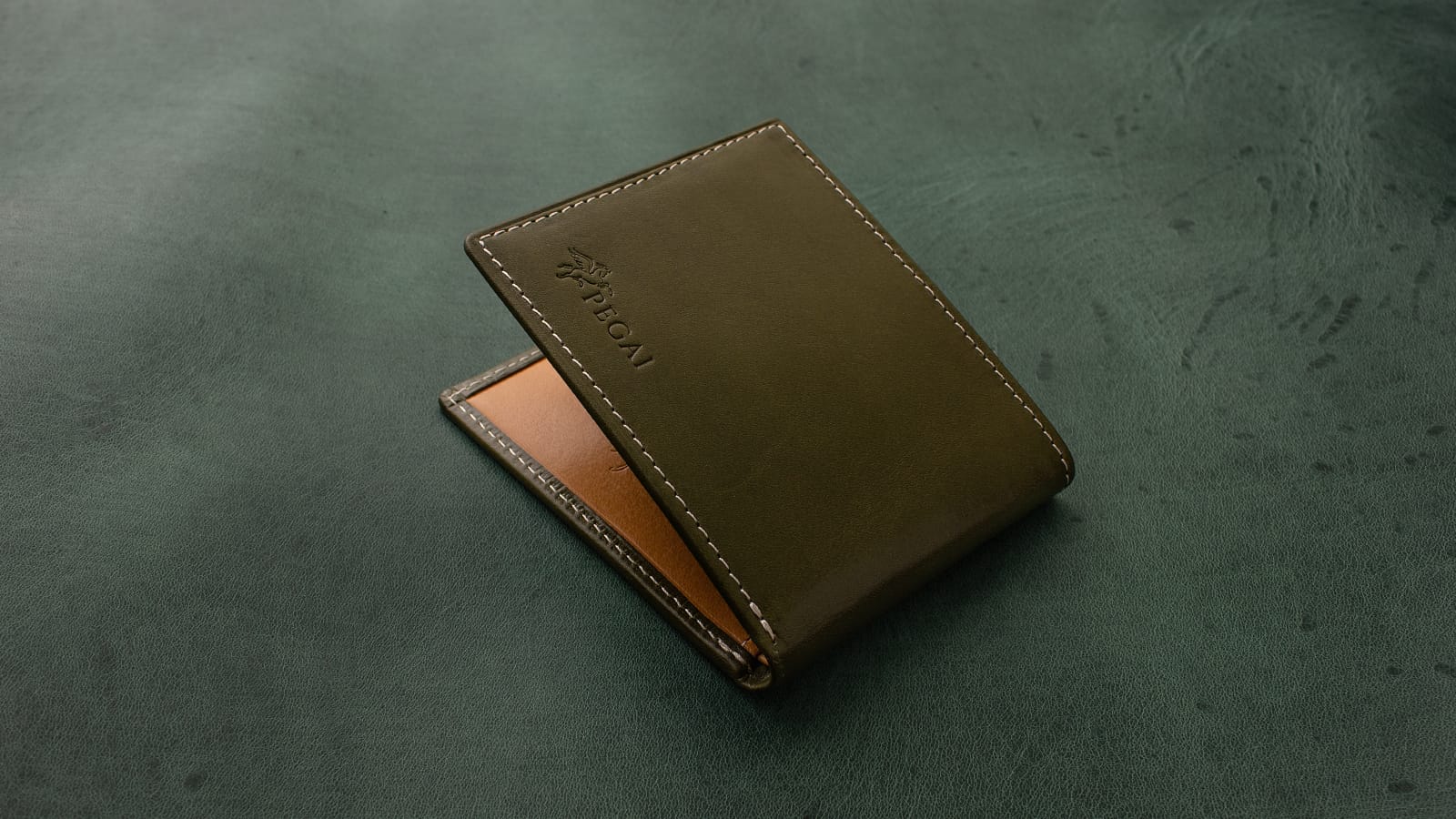
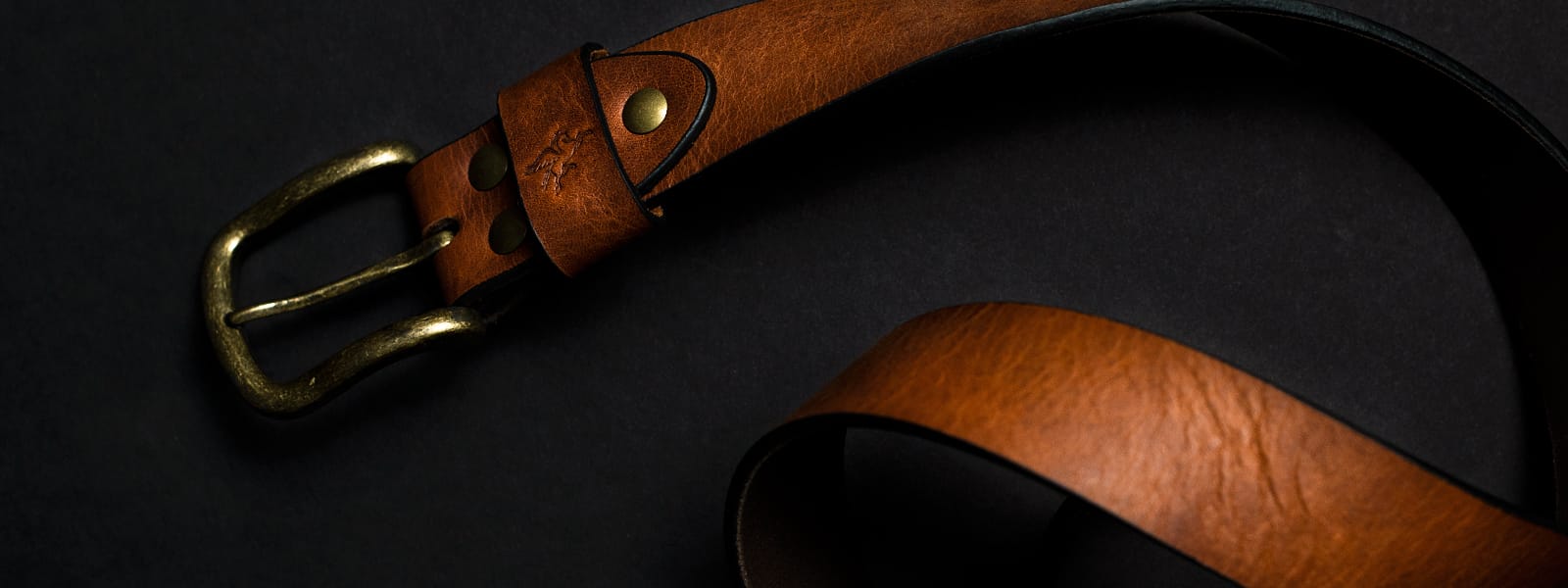

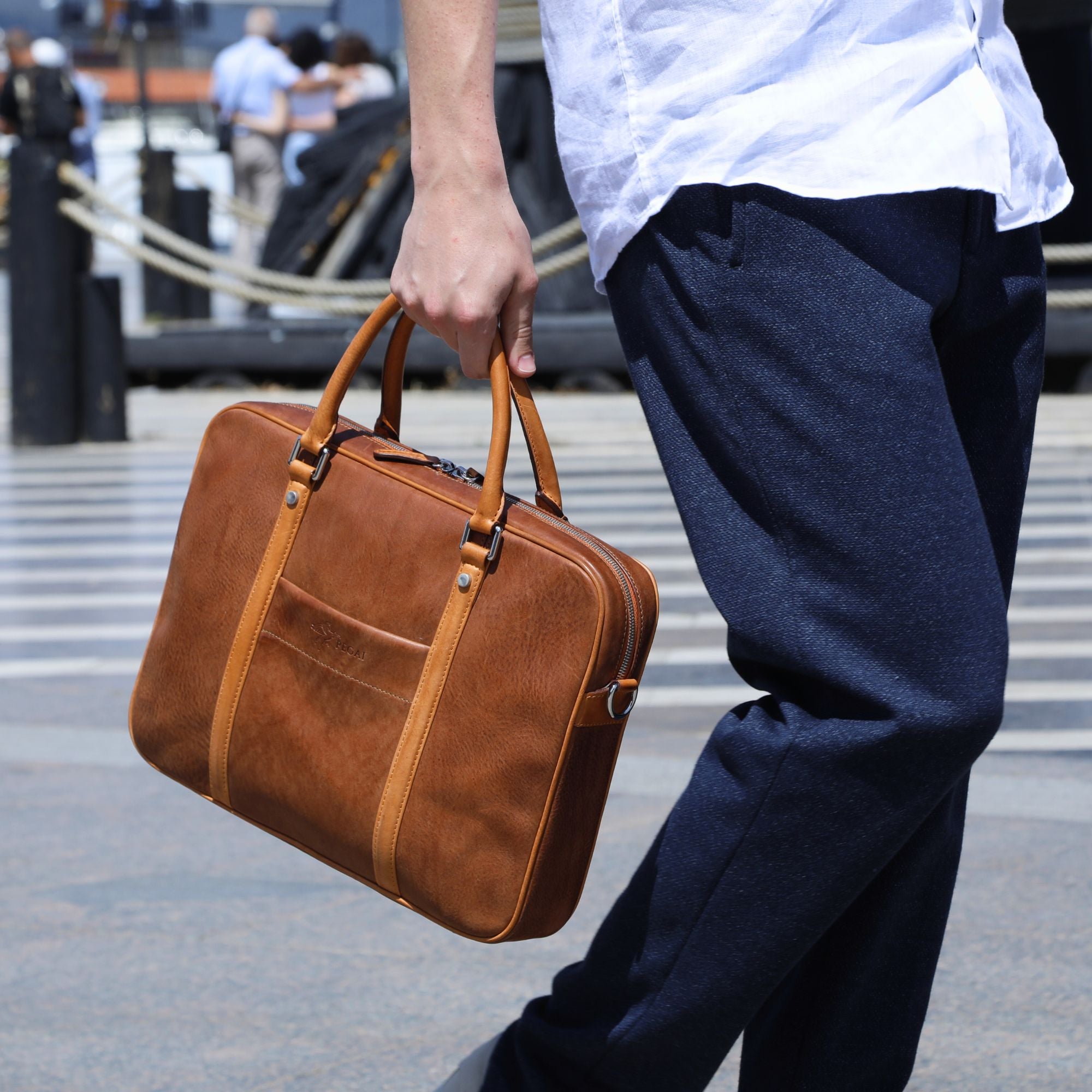


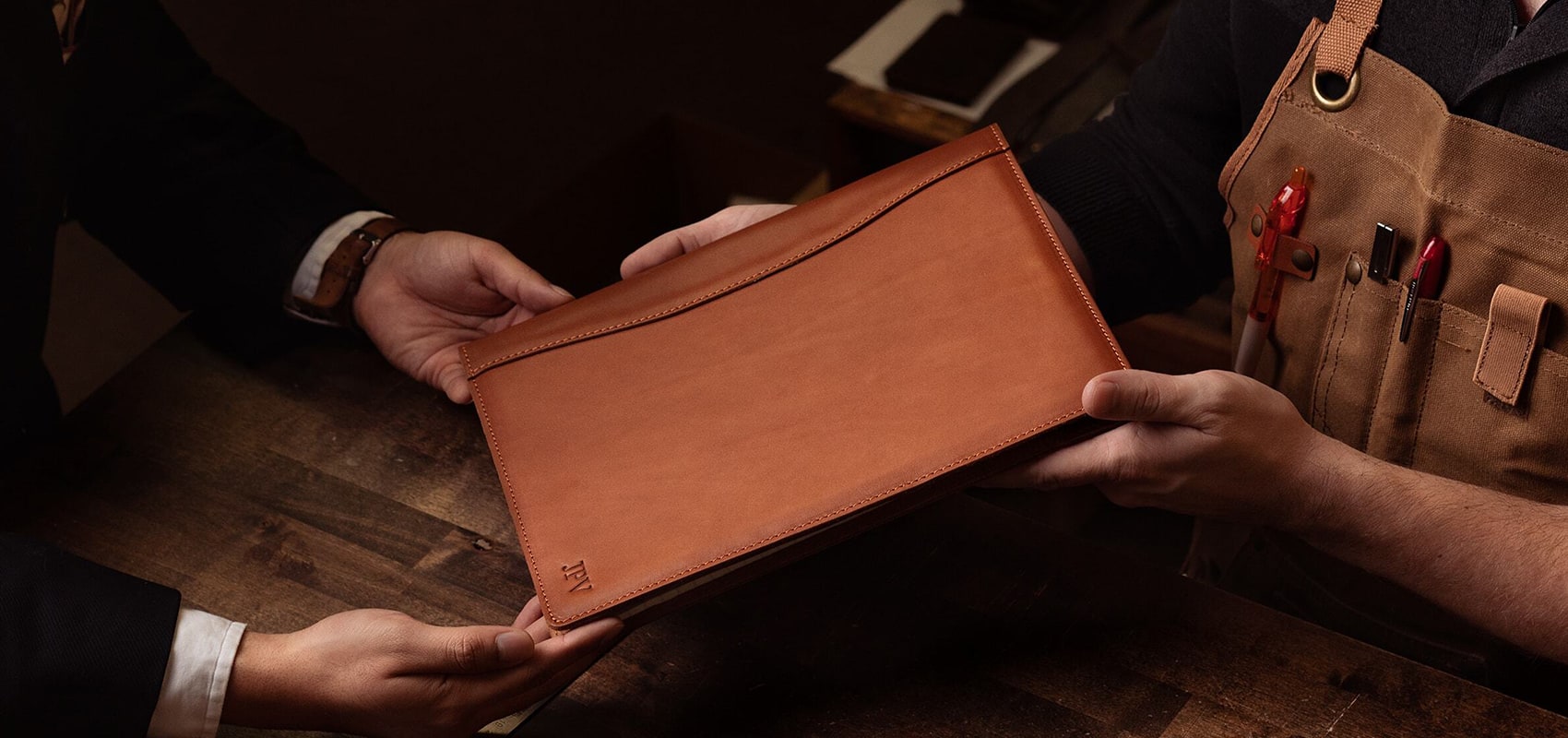
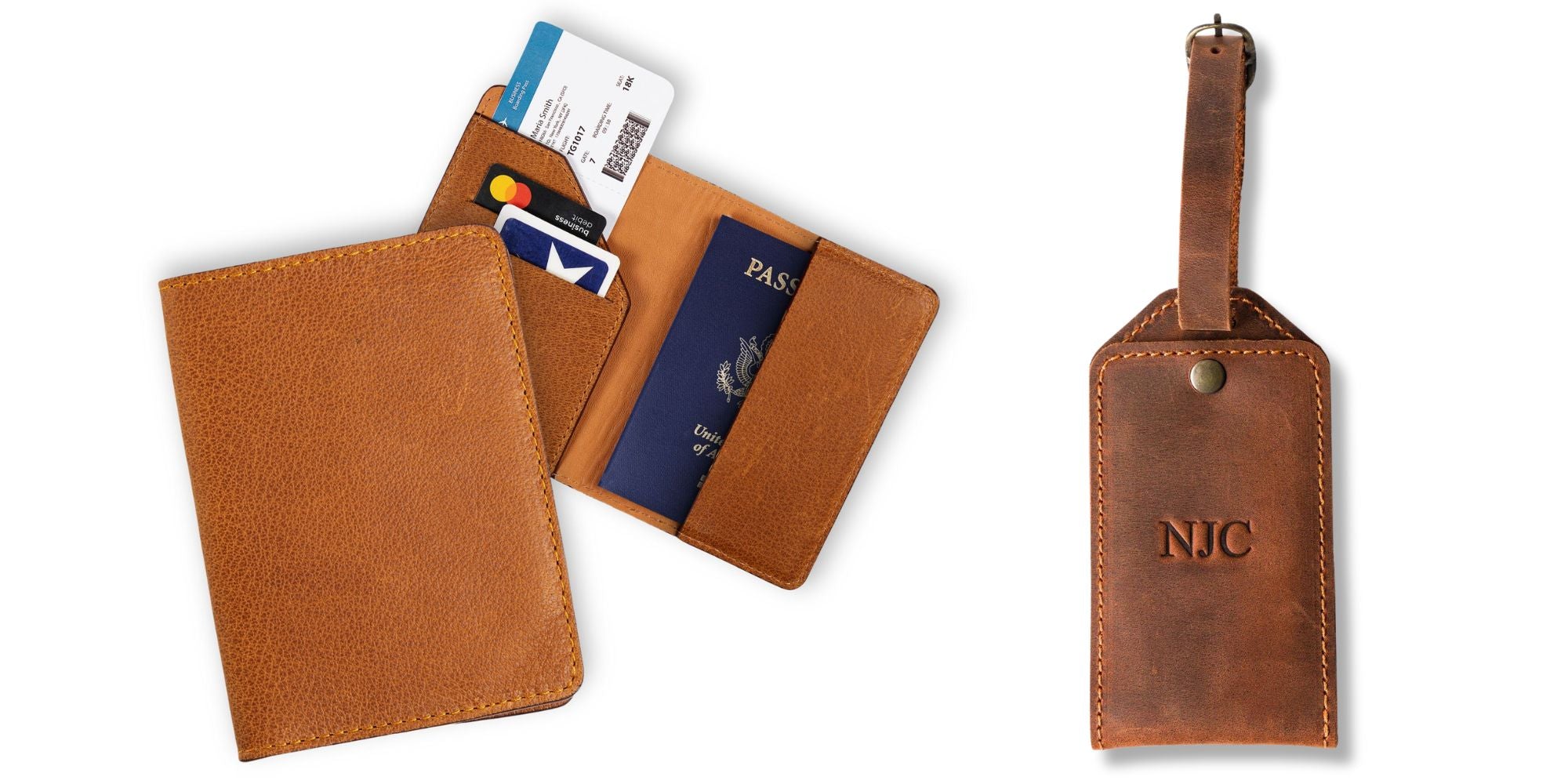
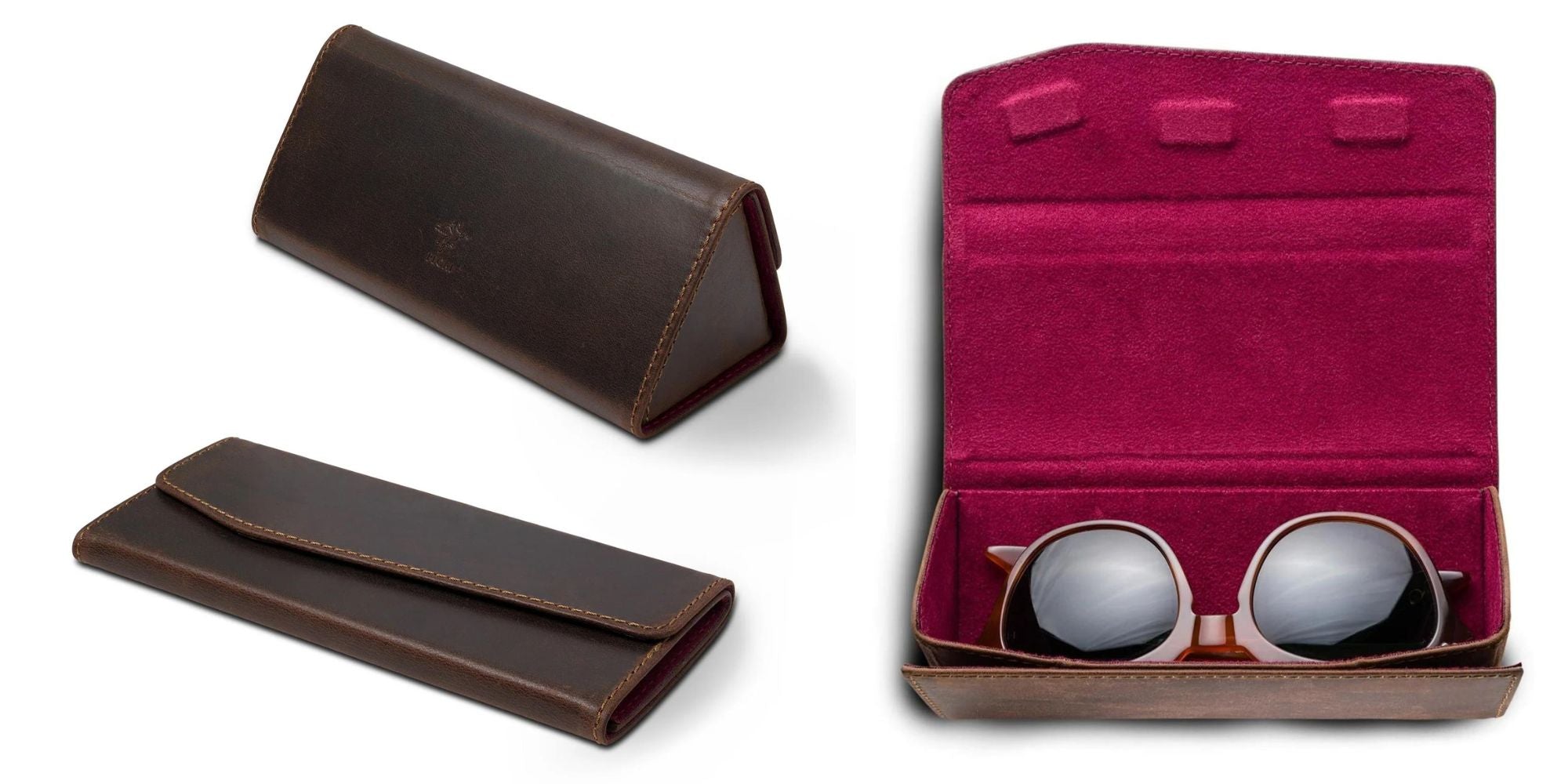



Leave a comment